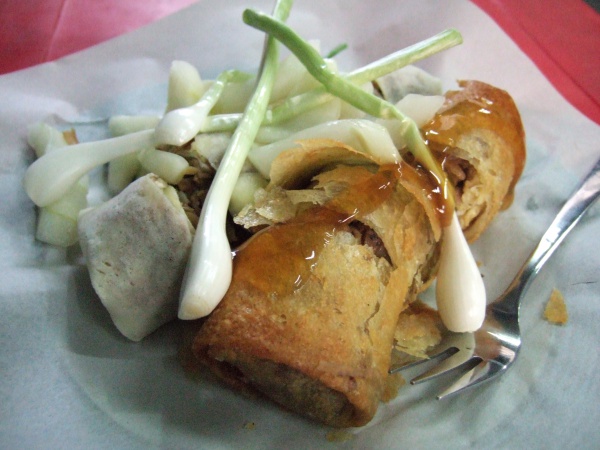Facts About Lumpia
Lumpia are cherished spring rolls found in Indonesia and the Philippines, with a unique variation even appearing in the Netherlands. In Indonesia, lumpia is typically savored as a snack or appetizer. Different cities offer their own renditions, such as Lumpia Semarang, Lumpia Jakarta, and Lumpia Bogor, each featuring distinct fillings and preparation methods.
In the Philippines, the variety of lumpia is extensive. Popular versions include Lumpiang Shanghai, Lumpiang Sariwa, Lumpiang Hubad, and many others, with fillings ranging from vegetables and meat to fish. In the Netherlands, one encounters "loempia" a larger spring roll inspired by the Indonesian version, usually filled with minced meat and vegetables.
The term "lumpia" originates from Hokkien and Mandarin, meaning "soft cake" or "moist pastry." The composition of lumpia wrappers varies by region. Filipino versions are generally thin, made from flour, water, and salt, while in the Netherlands, the wrappers are thicker. Fresh lumpia wrappers in the Philippines often contain egg, yielding a more crêpe-like texture.
What sets lumpia apart is the diversity of fillings and cooking techniques. They can be fried or fresh, vegetarian or loaded with meat. This versatility is a key reason why lumpia is a staple in Indonesian and Filipino cuisines, enjoyed at gatherings, celebrations, and as street food. Its enduring popularity stems from its ability to adapt to various ingredients, flavors, and cultural influences.
